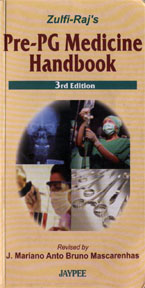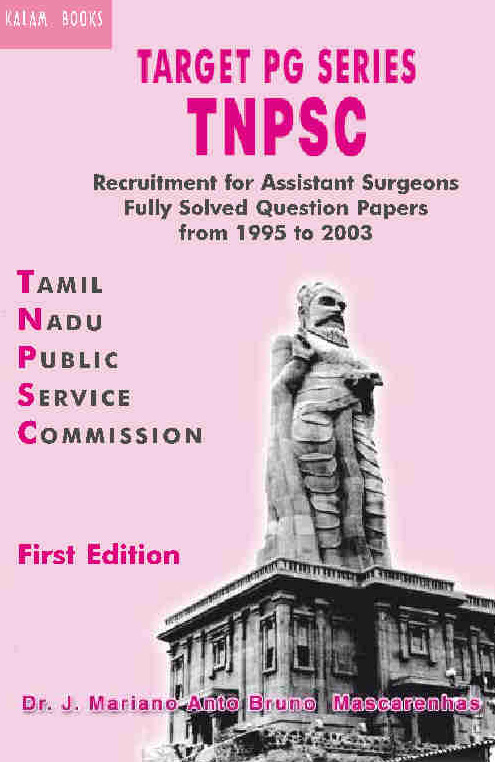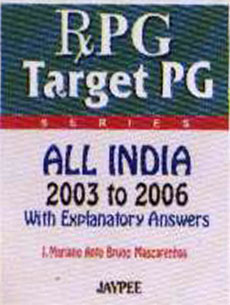057. All the following are true in a randomized control trial (RCT) except:
1. Baseline characteristics of intervention and control groups should be similar
2. Investigator’s bias is minimized by double blinding
3. The sample size required depends on the hypothesis
4. The drop-outs from the trial should be excluded from he analysis.
Answer
3. The sample size required depends on the hypothesis
Reference
Park 18th Edition Page 76
Mahajan
Quality
Reader
Status
Repeat
QTDF
Park
Discussion
A randomized controlled trial (RCT) is a form of clinical trial, or scientific procedure used in the testing of the efficacy of medicines or medical procedures. It is widely considered the most reliable form of scientific evidence because it is the best known design for eliminating the variety of biases that regularly compromise the validity of medical research.
Explanation
1. Baseline characteristics of intervention and control groups should be similar and that is obtained by Randomization
2. Investigator’s bias is minimized by double blinding (Please see question 51 in this paper)
3. The sample size does not require depends on the hypothesis. There are studies that advocate that a larger sample size is needed (as a general rule) for more specific results, but there is no rule that makes the sample size dependant on the hypothesis. [For more details, please consult Statistical Power, Sample Size, and Their Reporting in Randomized Controlled Trials published in JAMA. 1994;272:122-124 authored by David Moher, MSc; Corinne S. Dulberg, PhD, MPH; George A. Wells, PhD
4. The drop-outs from the trial should be excluded from the analysis.
Comments
A major difficulty in dealing with trial results comes from commercial, political and/or academic pressure. Most trials are expensive to run, and will be the result of significant previous research, which is itself not cheap. There may be a political issue at stake (compare MMR vaccine) or vested interests (compare homeopathy). In such cases there is great pressure to interpret results in a way which suits the viewer, and great care must be taken by researchers to maintain emphasis on clinical facts.
Tips
Most studies start with a 'null hypothesis' which is being tested (usually along the lines of 'Our new treatment x cures as many patients as existing treatment y') and an alternative hypothesis ('x cures more patients than y'). The analysis at the end will give a statistical likelihood, based on the facts, of whether the null hypothesis can be safely rejected (saying that the new treatment does, in fact, result in more cures). Nevertheless this is only a statistical likelihood, so false negatives and false positives are possible. These are generally set an acceptable level (e.g., 1% chance that it was a false result). However, this risk is cumulative, so if 200 trials are done (often the case for contentious matters) about 2 will show contrary results. There is a tendency for these two to be seized on by those who need that proof for their point of view.











number 4 is false , drop outs should NOT be excluded
ReplyDelete